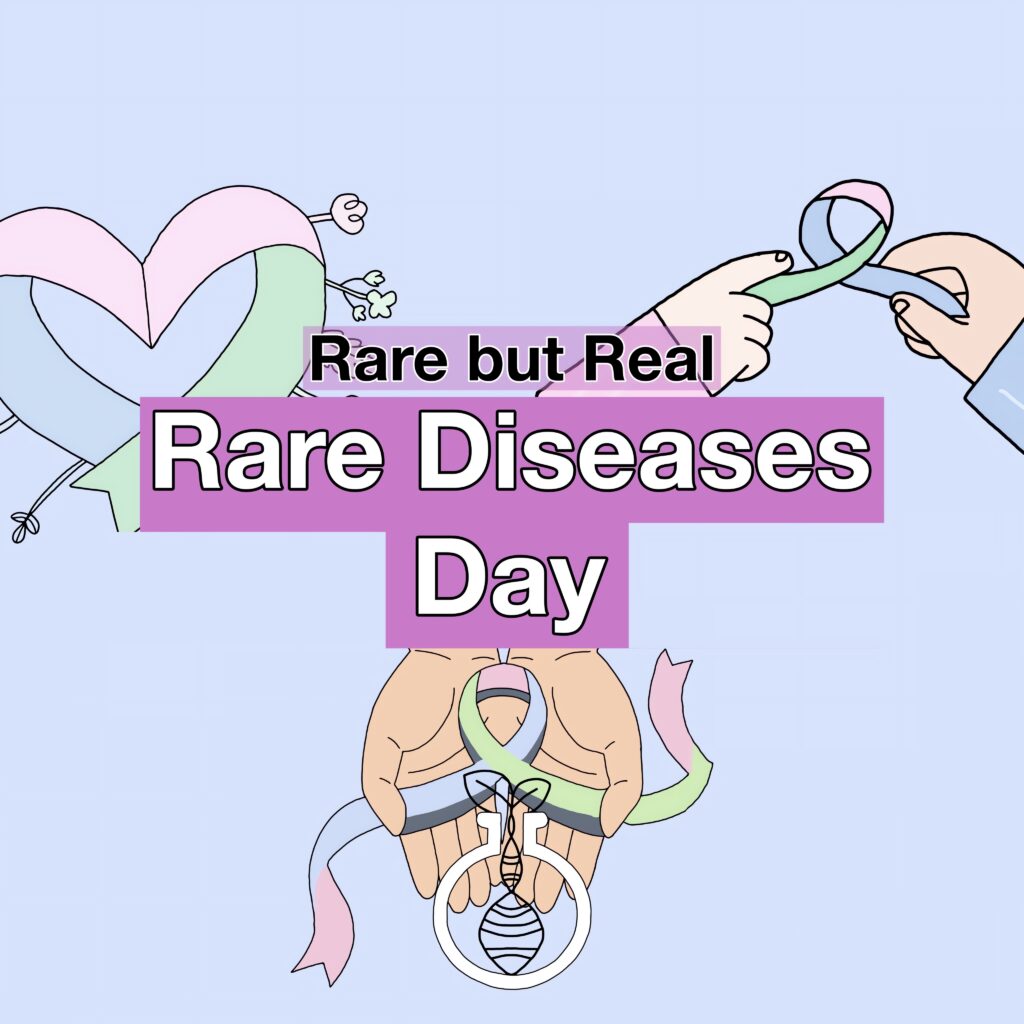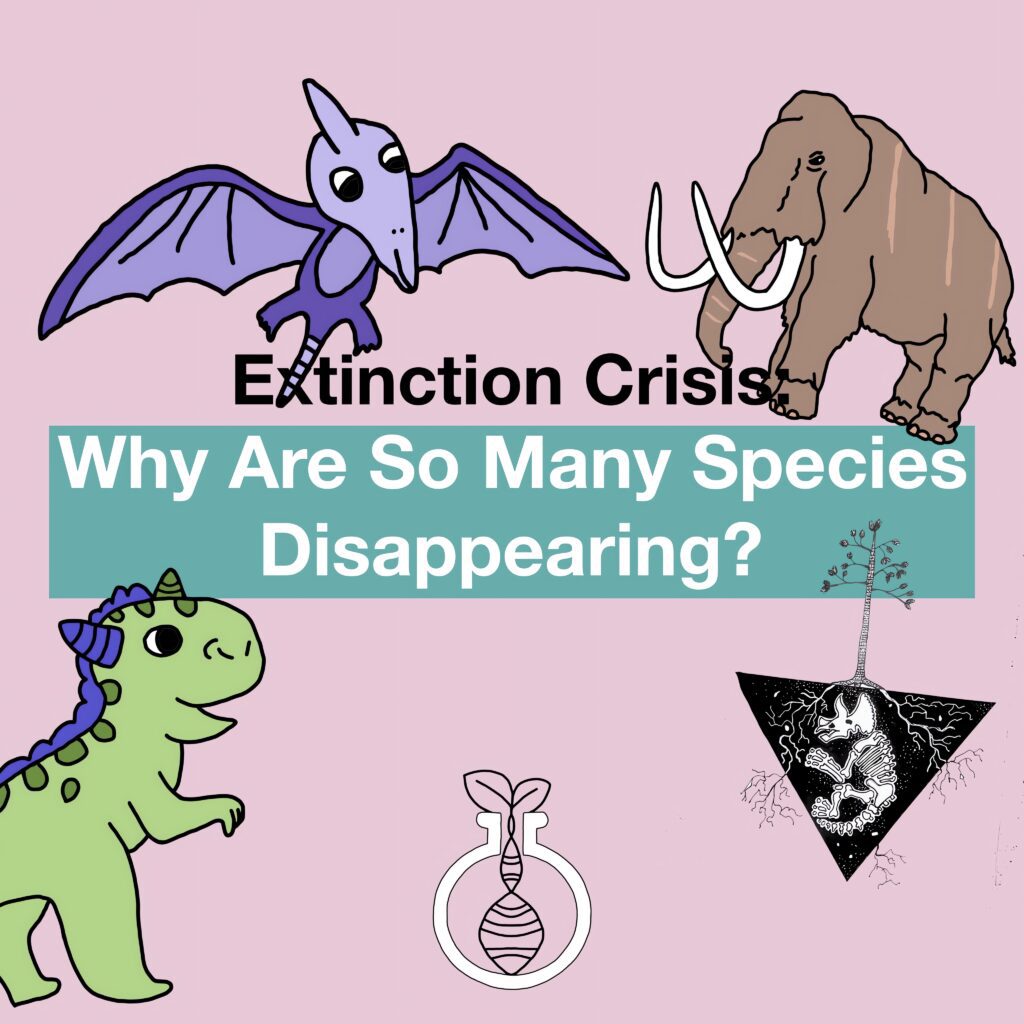Imagine a group of cells so unique that they could grow indefinitely, opening up doors to groundbreaking discoveries in medicine, cancer research, and vaccine development. HeLa cells are just that, a cornerstone of modern biological research that continues to influence science decades after their discovery. But what exactly are HeLa cells, how were they discovered, and why do they matter so much in the world of science? Let’s dive into the fascinating story behind these immortal cells.

What Are HeLa Cells?
HeLa cells are a type of human cell line that can reproduce indefinitely under the right conditions. These cells originate from cervical cancer cells taken from Henrietta Lacks, a patient who unknowingly contributed to one of the most important tools in biomedical science. What sets HeLa cells apart from ordinary human cells is their “immortality”, the ability to divide and multiply endlessly in a laboratory setting.
This remarkable property has made HeLa cells invaluable in research, offering scientists an unlimited supply of cells for experiments.
How Were HeLa Cells Discovered?
The story of HeLa cells began in 1951, when Henrietta Lacks, an African-American woman, sought treatment for cervical cancer at Johns Hopkins Hospital. Without her knowledge or consent, doctors collected a sample of her tumor cells during a biopsy. At the time, scientists had been trying unsuccessfully to grow human cells outside the body for extended periods.

Henrietta’s cells, however, were different. They continued to divide and thrive in the laboratory, defying the usual limitations of human cells. Dr. George Gey, a researcher at Johns Hopkins, recognized their potential and began distributing them to scientists worldwide. Henrietta passed away later that year, but her cells, dubbed “HeLa” (from her name)—lived on, revolutionising medical science.
What Makes HeLa Cells Unique?
Normal human cells have a finite number of times they can divide before dying, a phenomenon known as the Hayflick limit. HeLa cells, however, bypass this limit due to genetic mutations associated with Henrietta’s aggressive cancer.
These mutations enable HeLa cells to maintain their telomeres—protective caps at the ends of chromosomes—allowing them to continue dividing indefinitely. This “immortality” gives scientists an endless supply of cells to study, which was previously unheard of in medical research.
How Do HeLa Cells Differ from Normal Human Cells?
HeLa cells differ from normal human cells in several ways:
- Immortality: Unlike typical cells, HeLa cells do not die after a certain number of divisions.
- Growth Rate: They grow and divide much faster than normal human cells, making them ideal for large-scale experiments.
- Genetic Instability: Due to their cancerous origin, HeLa cells have a higher rate of genetic mutations, which can be both an advantage and a challenge in research.
- Chromosome Number: Normal human cells have 46 chromosomes, but HeLa cells often have more due to chromosomal abnormalities.

Ethical Considerations: The Legacy of Henrietta Lacks
While the scientific contributions of HeLa cells are undeniable, their history raises significant ethical questions. Henrietta Lacks and her family were not informed or compensated for the use of her cells, sparking debates about consent, privacy, and ownership of biological materials.
Today, her story serves as a reminder of the need for ethical practices in medical research. Efforts to honor Henrietta’s legacy include scholarships, memorials, and greater awareness of bioethics in science.

The Immortality That Transformed Science
HeLa cells represent a turning point in medical research, bridging the gap between understanding and curing diseases. From vaccine development to cancer therapies, their contributions continue to shape the future of medicine.
While their story is one of scientific triumph, it’s also a poignant reminder of the human lives behind every breakthrough. As we advance in science, the legacy of HeLa cells and Henrietta Lacks urges us to balance innovation with compassion, respect, and ethical responsibility.
We got inspired by those articles to create this content


My name is Ali Emre Cabadak, a dedicated biology enthusiast currently pursuing my studies at Marmara University, where I am majoring in Bioengineering. As a passionate advocate for scientific discovery and innovation, I am the founder of Biologyto. My goal is to bring the wonders of biology closer to everyone and inspire a new generation of thinkers and innovators. Through Biologyto, I aim to write scientific articles that delve into the fascinating world of biology, sharing insights and discoveries that inspire curiosity and innovation.





